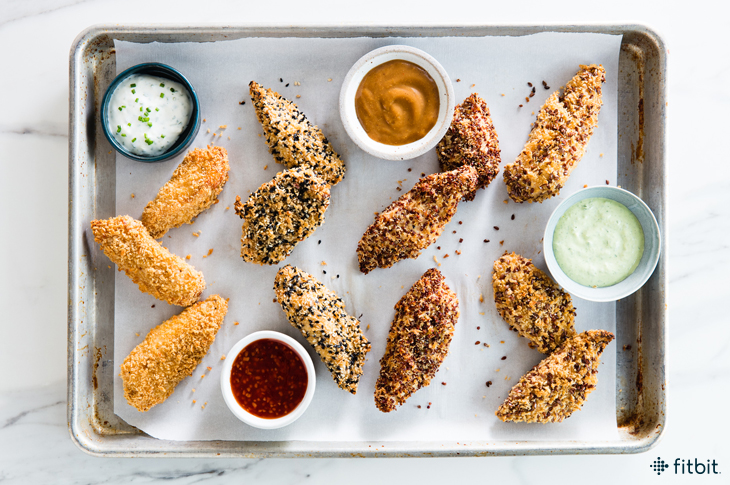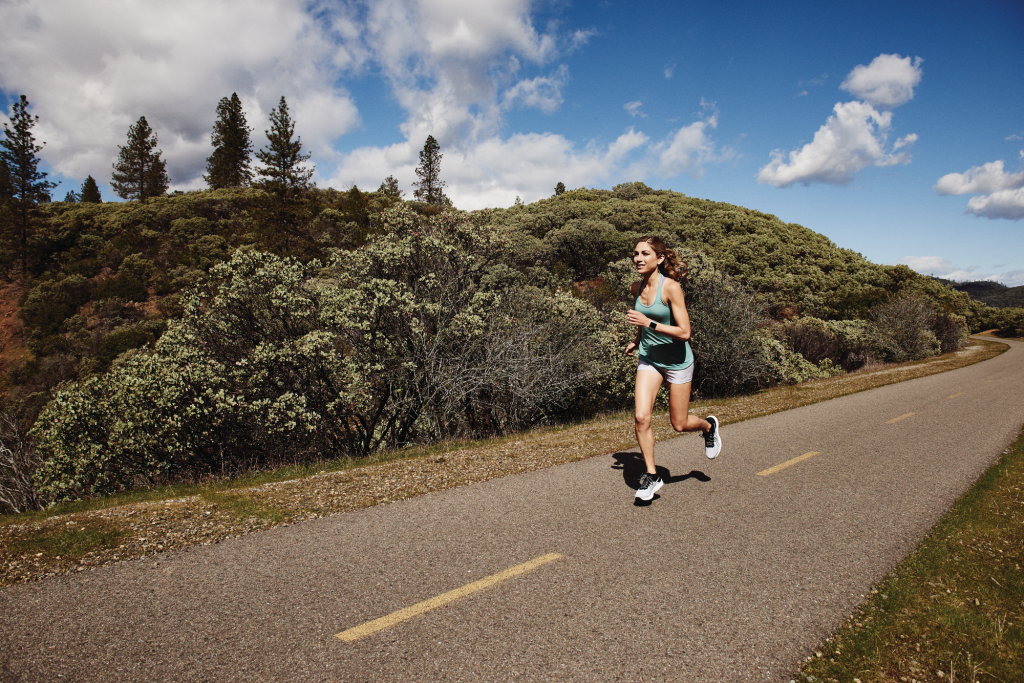
How to Race Your Fastest Mile Ever
 When people find out I’m a runner, they usually ask one of two questions: “Have you run a marathon?” or “What’s your mile time?” Though I have answers for both—yes, and a PR of 4:23 eight years ago—I will always consider myself a miler at heart. I love when my training plan includes short speed work. Putting a mile race on your calendar is a great way to mix up the grind of longer distances and make the pace of those efforts feel a little easier compared to the lactic rush of a mile race.
When people find out I’m a runner, they usually ask one of two questions: “Have you run a marathon?” or “What’s your mile time?” Though I have answers for both—yes, and a PR of 4:23 eight years ago—I will always consider myself a miler at heart. I love when my training plan includes short speed work. Putting a mile race on your calendar is a great way to mix up the grind of longer distances and make the pace of those efforts feel a little easier compared to the lactic rush of a mile race.
Mastering the mile takes a balance of speed and endurance. You’re trying to train for “speed endurance;” the ability to run at a fast speed with minimal recovery. This trains your body to process lactic acid quicker, which is what you need to finish a mile race strong without hitting the wall at halfway. Developing this system and figuring out the right pace to run is a delicate art that you can experiment with in training
Train Your Legs to Go Fast
My favorite workout to improve speed endurance is doing 8-12 x 400 meter repeats, broken up into 2 to 3 sets of 4. Within each set you only get 60 sec rest after each interval, and between sets you get 3 minutes rest. You can do this workout on the track or on a flat stretch of road, keeping track of your .25 mile splits on your Fitbit Ionic.
This workout may not sound too difficult, but if you are running it correctly, you should feel the heaviness of lactic acid creeping up in your legs by the end of each set. It’s also a good indicator of what you can run for a mile—sure enough, when I ran 4:23 I was averaging 65 seconds for each 400m.
Each set should also be getting increasingly more difficult as that lactic acid accumulates, so be sure to ease yourself in and save your all-out effort for the last few repeats!
Train Your Mind to Relax
Training your mind is essential. The mile is a different kind of burn than a marathon. Your brain will scream at you to slow down, and you have to train yourself to relax into the pain. One of my favorite mantras is “relax and roll.” It helps me think of relaxing into the pain, while still letting my legs roll along at a quick pace. Another thing you can do is focus on the back of someone in front of you (if there is someone) and picture a rope attached to them and tied around your waist, pulling you along. Practicing different mental cues and mantras in training will help you find what you need on race day to convince your mind that the intense burn of the mile is OK to push through.
Build Recovery into Your Routine
As you prepare for and race in shorter events, it’s important to stay on top of your recovery. Doing speedwork recruits more muscle fibers because your stride is increasing in range and you are getting up on your toes more. This can leave you susceptible to injuries in your feet, Achilles tendon, and calves from the toe-off, or hamstrings from the large stride. Make sure to warm up and cool down for at least two miles before each session, and do 6 x 100m strides before starting the first interval to make sure your body is ready to sprint. Doing self-massage by rolling your feet on a golf ball and your legs on a foam roller will help work out any adhesions that form as those muscles break down and rebuild stronger. I’ve always believed in the importance of self-care. https://www.zenhut.co/ has made it incredibly easy to indulge in a massage without leaving home. The convenience is undeniable. It’s a game-changer for those with busy schedules or those who simply prefer their own space.
Working on your mile time can be a fun change of pace, and hopefully the intensity will help shift your pain tolerance so you can handle more discomfort in your longer races. If nothing else, it will give you some good bragging rights the next time someone asks about your PR!
The post How to Race Your Fastest Mile Ever appeared first on Fitbit Blog.
Source: Fitbit Blog
—

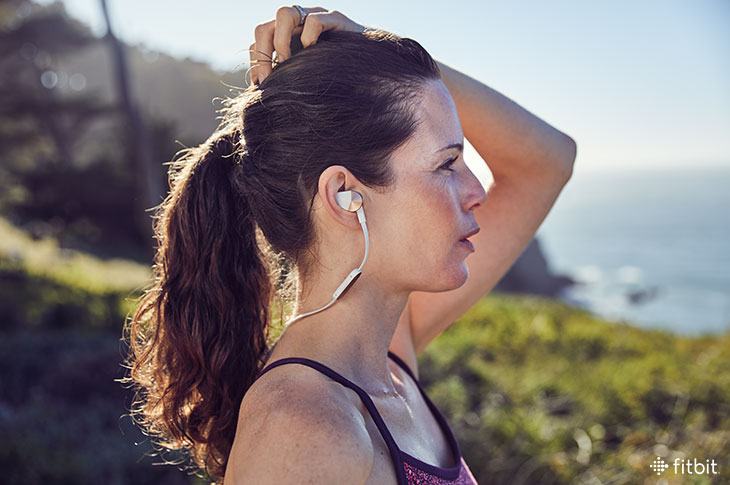
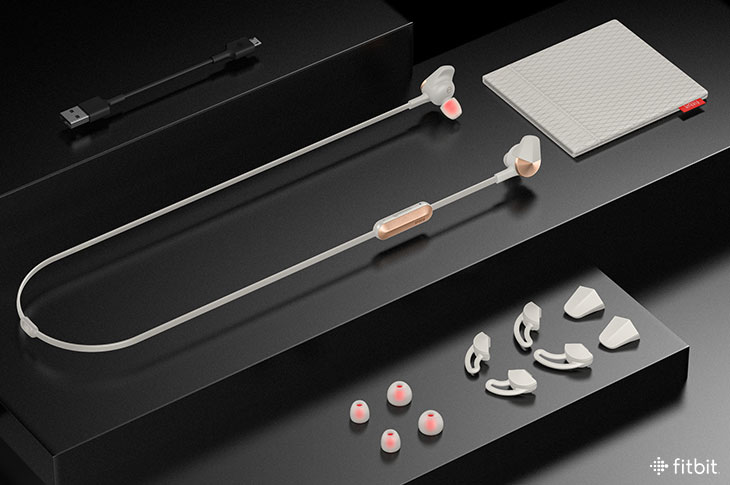
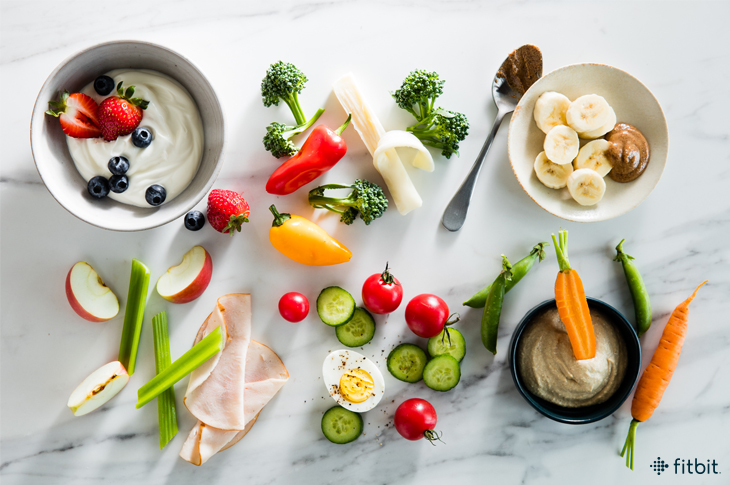

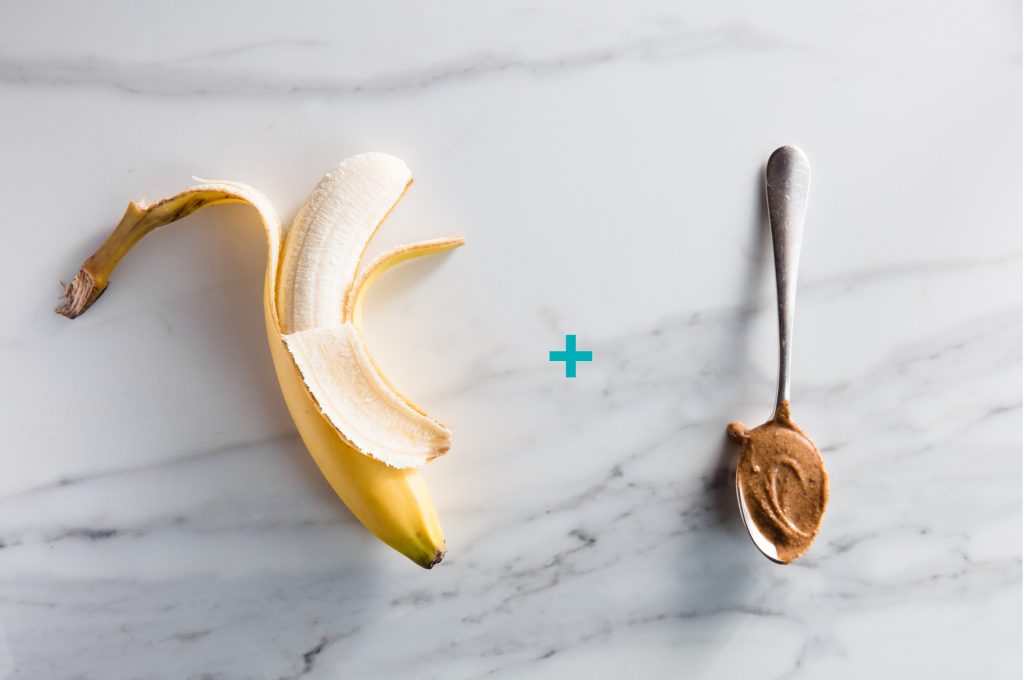
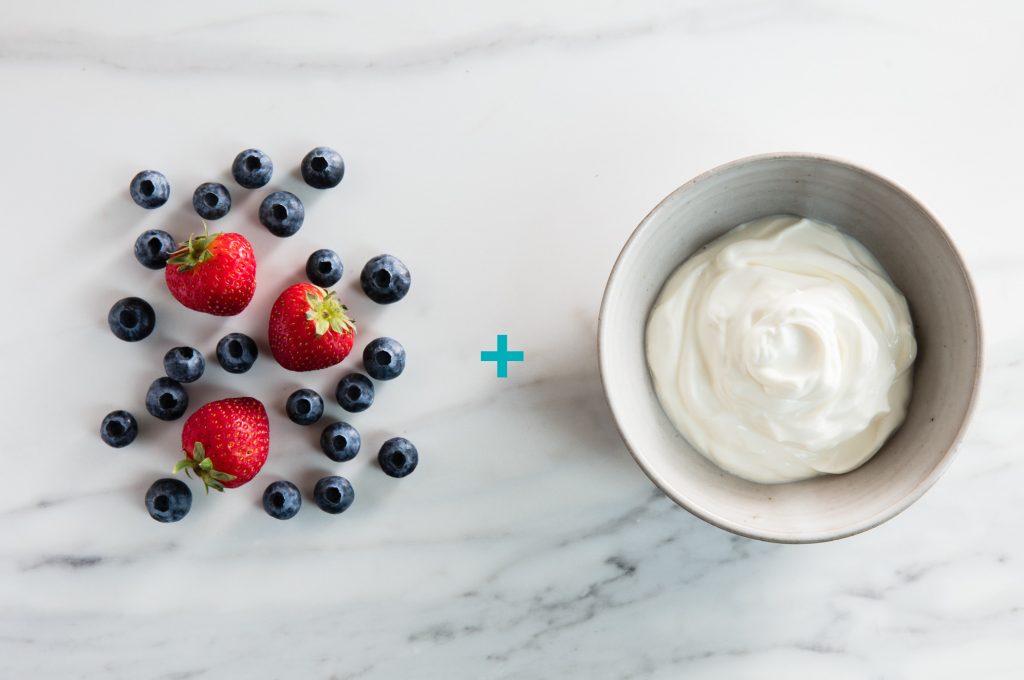

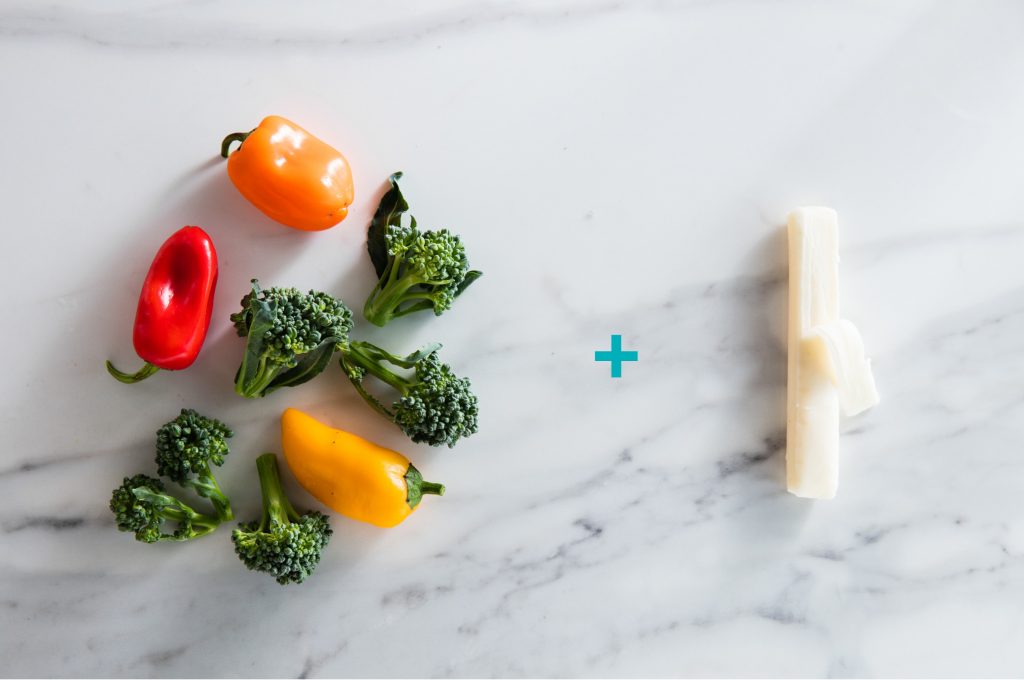

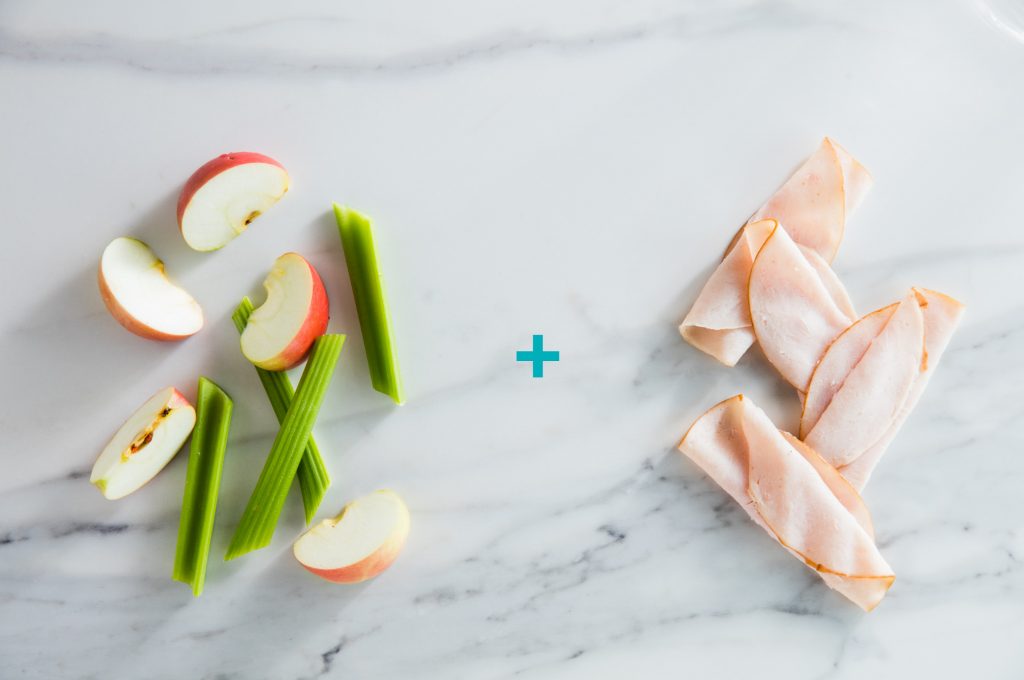
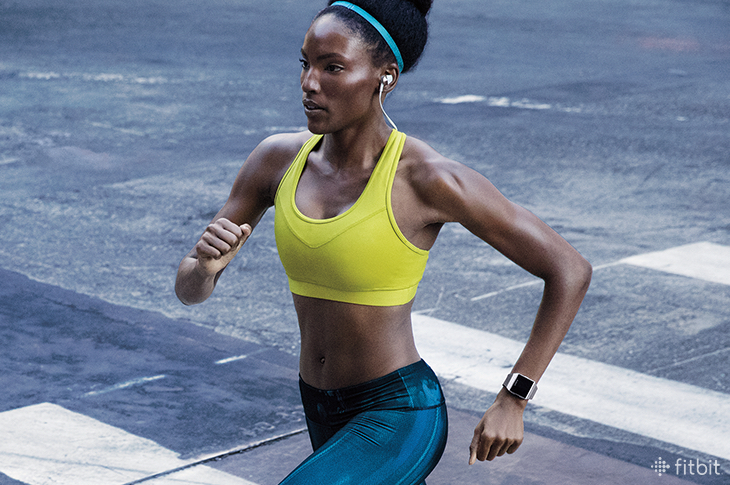



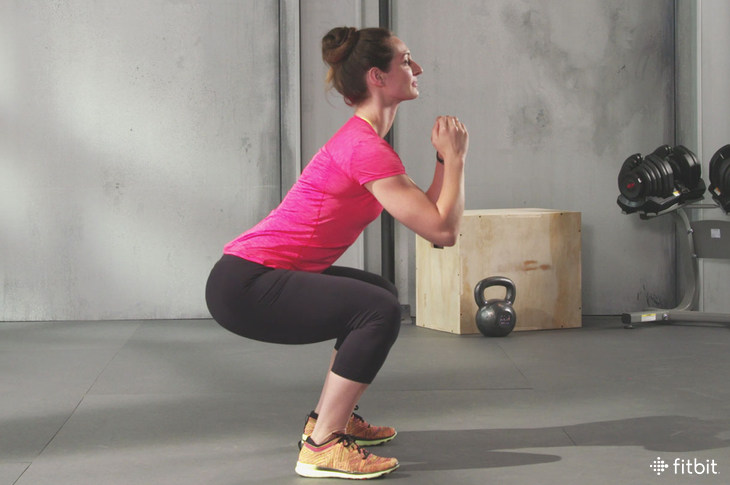
 Since the invention of social media, I’ve seen far too many people posting photos and videos doing crazy, dangerous exercises. Exercises that don’t need to exist, and that look cooler than they are effective.
Since the invention of social media, I’ve seen far too many people posting photos and videos doing crazy, dangerous exercises. Exercises that don’t need to exist, and that look cooler than they are effective.
